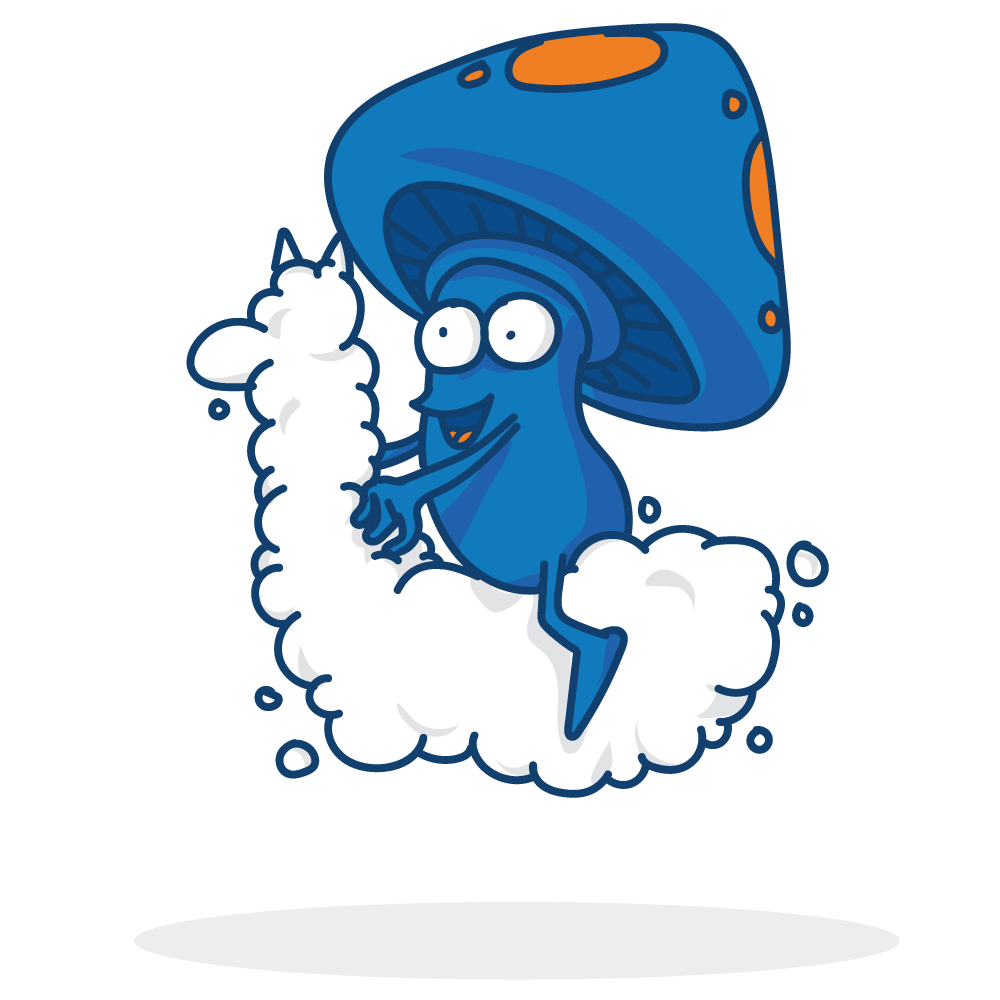From pulsating walls, to fractal patterns, to full-on hallucinations and projections of the sub-conscious mind or maybe even paying a little visit to the inhabitants of other dimensions, (we’re looking at you, Machine Elves), they can show us sights we would never have believed otherwise, all from the comfort of our own homes.
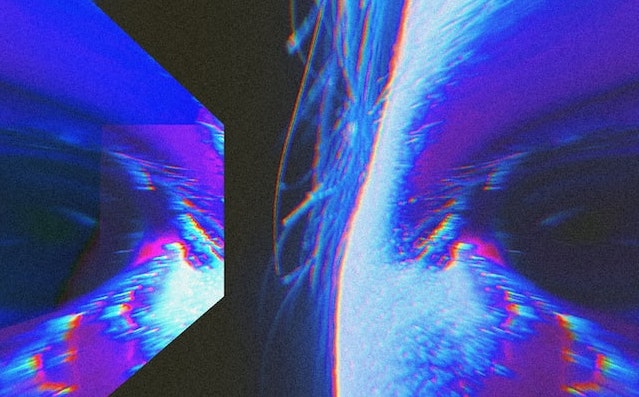
Virtual Reality (VR) simulation is continuing to come on in leaps and bounds. Zuckerberg and his ilk are working at the bleeding edge of the VR headset, pushing the technology forward as we speak. Some people already have these headsets in their own homes. They’re great for gaming, online meetings, or simply having a laugh. But could they have other uses?
Can You Combine Psychedelic Therapy With VR?
Last year, a group of Australian researchers made a pilgrimage to the Netherlands, to ask if the attendees at a psychedelic retreat would like to take part in an exciting new study. And happily, many of the attendees at the two-day retreat were eager to give it a try. They took the psilocybin as they had been planning anyway, and then a few hours later, when the effects were beginning to wear off, they put on the VR headsets provided by the researchers.
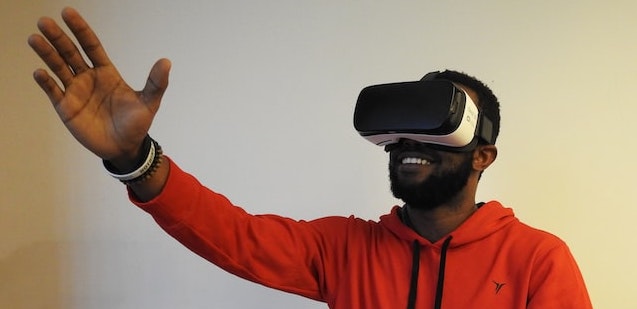
A Sky Full of Glowing Stars
What they saw when they put the headsets on was a tranquil outdoor environment, with a sky full of glowing stars. Within the VR world they found themselves in, the participants could, were encouraged, to pluck a star out of the ‘sky’ and use it as an audio recording device. With this they could speak to themselves about their experiences over the past few hours, especially during the peak of their trip.
The audio recordings that they made then formed a constellation of twinkling stars, that represented their experience.

The next day, they continued their VR adventure, and could access the recordings they had made. They could use these to unpack and analyze their experience. Inside the virtual world they could choose to ‘nourish’ and focus on certain stars, while letting other ‘stars’ or parts of their experience go. This worked as a form of integration and acceptance. Some of the stars could be burned in a virtual bonfire, while others could be planted to grow into trees.
With this kind of experience possible, is it any surprise that these two separately growing fields — psychedelic therapy and VR headset technology — would eventually intertwine?
Australia is Picking Up The Psychedelic Baton
As we recently reported, from July psychiatrists in Australia will be able to prescribe psilocybin for treatment resistant depression, and MDMA for post traumatic stress disorder. (Following an approval process.)
Researchers trialing MDMA and ketamine as mental health treatments are also investigating the possibility of incorporating VR into psychedelic therapy.
A large portion of this work is being done in Australia, where a group of researchers are developing a world first — VR assisted treatment protocols.
Can a VR Headset Help to Integrate Insights From a Psychedelic Trip?
Firstly we must understand how psychedelic therapy treatments tend to work.
There are generally three phases of the treatment — preparation, dosing (or tripping), and integration.
Preparation: In the preparation phase the therapist will explain to the patient how the specific psychedelic they are taking will work. They will discuss the type of experiences that might come up and how to process them if, or when, they happen. The patient and therapist decide on an “intention” together. This is likely an issue or emotion that the patient wants to focus on for the therapy.
Dosing (or tripping): During the dosing phase, the patient is given the psychedelic substance(s) and is usually left alone, though not unattended, as the therapist is on hand to support them if they need help.
Integration: Integration usually begins the next day. The therapist’s role is is to draw out the emotions and insights that came to light during the trip, and then to identify and analyze the fundamental themes. The integration period, in theory, continues indefinitely, with follow up therapy sessions, as well as the continual work done by the patient.

Integration Can Be Hard
This final step however, can be hard to achieve. Agnieszka Sekula, co-founder of Enosis Therapeutics and PhD candidate at Swinburne University explained to Discover Magazine;
“The main problem that we see with this approach is that the psychedelic experience is typically an emotional, embodied, experiential type of session.”
“Whereas the psychedelic psychotherapy framework is still based to a large degree on talk therapy, which is a far more cognitive and analytical process.”
Sekula posits that perhaps bridging the gap between trip and integration by helping the patient recall their experience could make all the difference.
“Integration initially is based on trying to remember, trying to reconnect to that experience and then process it,”
“We try to make that first component of it as easy and as rich as possible so that as much of this material is recorded as possible.
“And then it’s easier for the patient and therapist to dive deeper into this and build as much on it as possible.”
Enosis Uses VR as a Tool is Psychedelic Therapy
In 2020, Sekula and Prash Puspanathan, a medical doctor, founded Enosis Therapeutics. The company aimed to explore the use of virtual reality as a tool for psychedelic therapy. In March of 2022, they collaborated with Professor Luke Downey to co-author a paper explaining their ideas. It was published in the journal Frontiers in Psychology.
This is what led to the trip to the Netherlands, where their theories and ideas were actually put into practice. They had already designed, built and trialed their VR world with the lapping waves, bonfire and audio-recording twinkly stars. The world was intended to be an environment that the patients could shape for themselves, to map out their psychedelic experience.
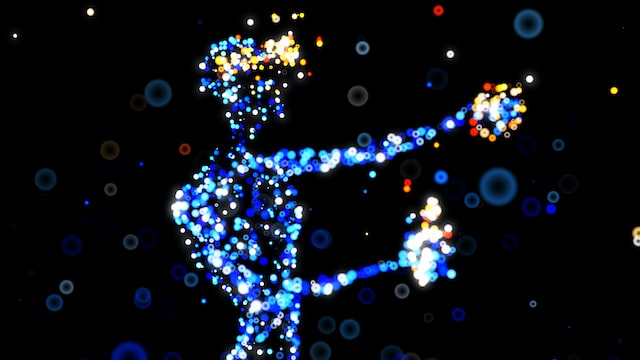
The therapist could see what the patient was seeing, but they could not interact with it, or actually enter the world. The audio-recordings and other data were owned by the patient and stored on the laptop on which the VR program was running.
The patient could then return to the VR world throughout their treatment and continue to shape its “multi-sensory canvas.”.
The voice-recordings were found by the participants to be the most powerful tool for recalling their experience. Sekula explained;
“They’re reminded of what the experience was like by hearing the account of that experience in their own voice, with all those expressions and the emotional load that is attached to their voice.”
An Encouraging Start
One of the initial concerns regarding VR in psychedelic therapy was whether people would be willing to use it during their psychedelic experience. Some in the psychedelic community were sceptical about its potential impact on genuine mystical experiences. However, about 50% of retreat attendees were open to experimenting with VR, and 90% expressed their willingness to use it again. Participants reported better recall of their experiences when using VR, enhancing their reflections on the trip.
Some anonymous participants stated;
“There were more memories than I thought. I thought I didn’t need the star to record this but then I actually said more than I remember.”
“VR helped me to reflect on the experience, it kept the marvel; you’re not tripping anymore but you are reminded by this magic vision.”
“The stars fuelled with memories were helpful in structuring the mind.”
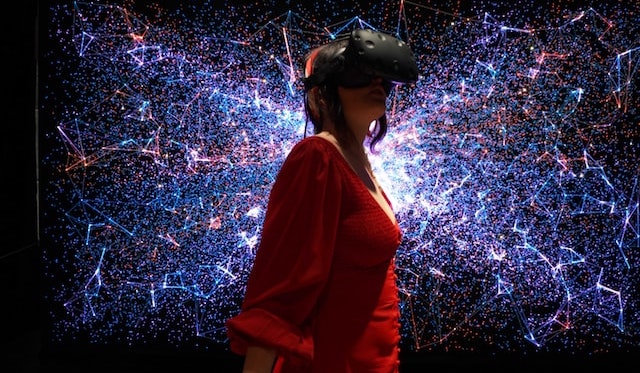
Promising Results and Future Plans
The success of VR-assisted psychedelic therapy has paved the way for larger trials. Enosis has partnered with Ovid Clinics, known for using ketamine to treat mental health conditions. In this upcoming in-clinic trial, participants will have the option to incorporate VR-assisted protocols alongside their psychedelic treatment, marking another world-first in the field of psychedelic therapy.
Debates and Scepticism
However, some psychedelic therapy advocates are wary of the growing interest in virtual reality.
MAPS founder, Rick Doblin, shared his skepticism of what he called “guided imagery”.
“You’re having a VR program that’s supposed to somehow remind you of your own inner imagery, so it will be not as precise as your own imagination,” he said.
Basically, Doblin queries, what is the point of getting AI to replicate what already can flourish in our imaginations?
Additionally, Doblin pointed to the number of clinical trials that showed that psychedelic-assisted therapies were effective without VR assistance. These included a recent MAPS trial of MDMA to treat PTSD. With an 88% success rate, Doblin enquired;
“There are 12 per cent non-responders. Would VR help them?”
The debates continue about the potential benefits and limitations of VR-assisted psychedelic therapy.
With or Without VR Psychedelics Still Help Us See
So, with the psychedelic community split, only time and more trials will tell if VR will make its way to being an essential tool in psychedelic therapy. Until then, we can keep enjoying the visual effects of a psychedelic trip, with our mind’s eye.
